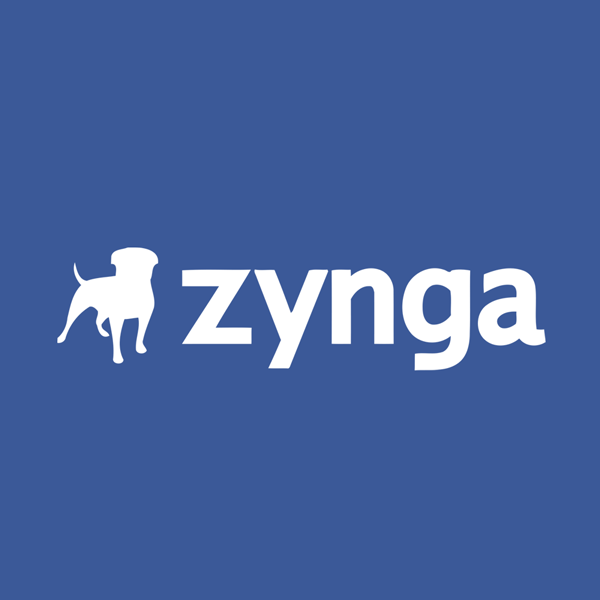Platform Choices

The story of entrepreneurship over the last ten years has been all about platforms.
Startups and corporations alike have scrambled to build the next big platforms, while others have made their own fortunes off the back of them.
Take Apple’s App Store as an example, where thousands have made a living selling apps on arguably one of the most lucrative platforms in the world. And Facebook has allowed companies such as Zynga to build multi-billion dollar businesses off the back of their platform.
As designers and engineers we select and use platforms on an almost daily basis. Sometimes the choice is simple - go with the crowd, and build on top of the biggest platform.
But sometimes it’s more nuanced than that, especially when there isn’t a clear leader. For example, if you’re building a new electronics device and are trying to decide which processor to use, you’re faced with a number of strong options. Microchip, Freescale, AVR, and countless others are all strong competitors.
Picking the right platform
The key things to keep in mind are:
- Is the platform going to be vibrant for long enough to get your product launched and profitable? If not, then don’t go near it.
- Is there any aggressive vendor lock in? For instance, does the platform own any data or key assets generated by your product? If so, then stay away.
- Could the platform make your product obsolete by introducing a new feature? For example, when Twitter introduced its own photo hosting service it became a direct competitor with all of the existing third party photo hosting services built on its platform.
- Does the platform have the scale necessary to support your product or business? Facebook can support Zynga, but not many platforms could. If a product built on a platform begins to grow larger than the platform then some strange distortions could occur, which are likely to limit growth of the product.